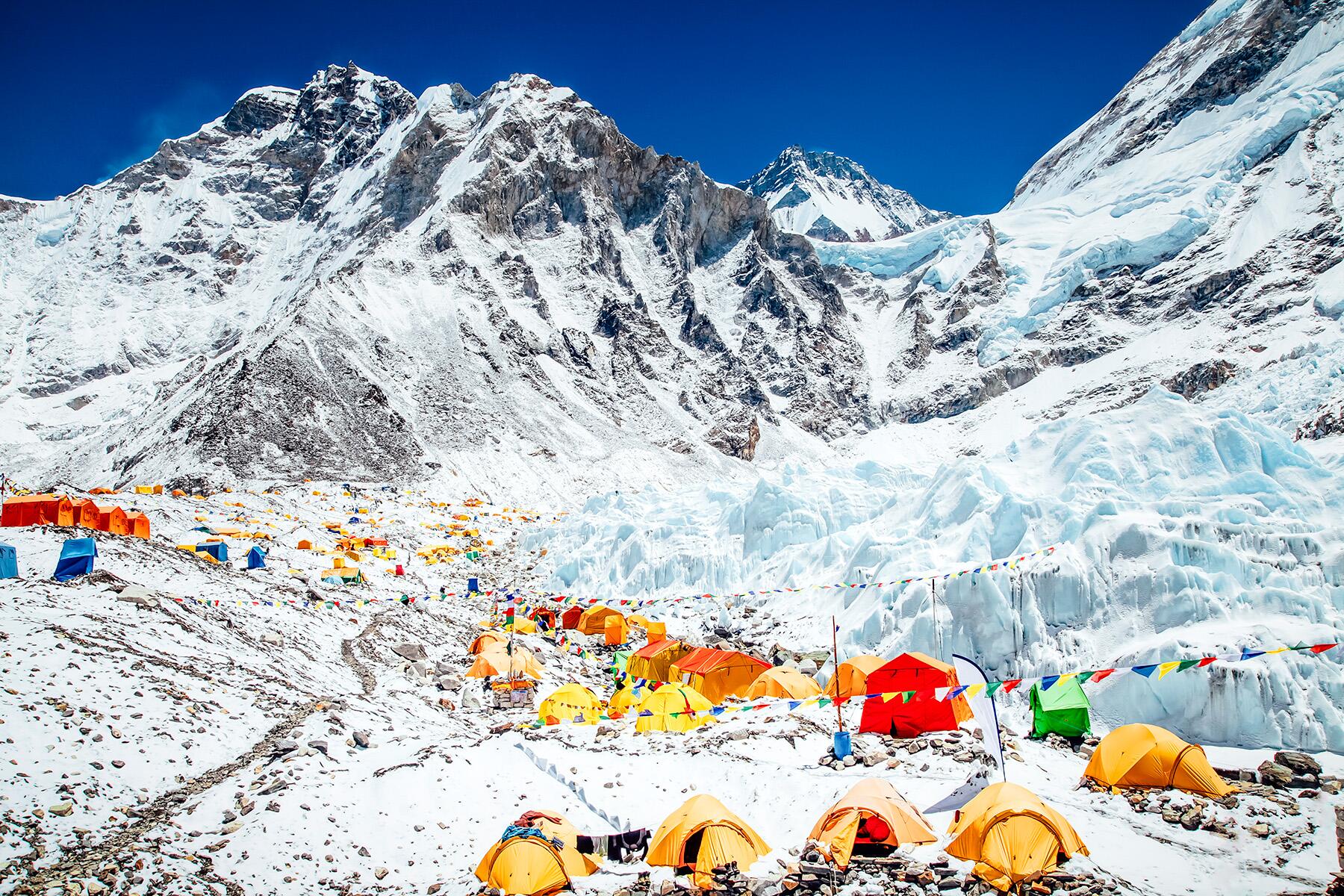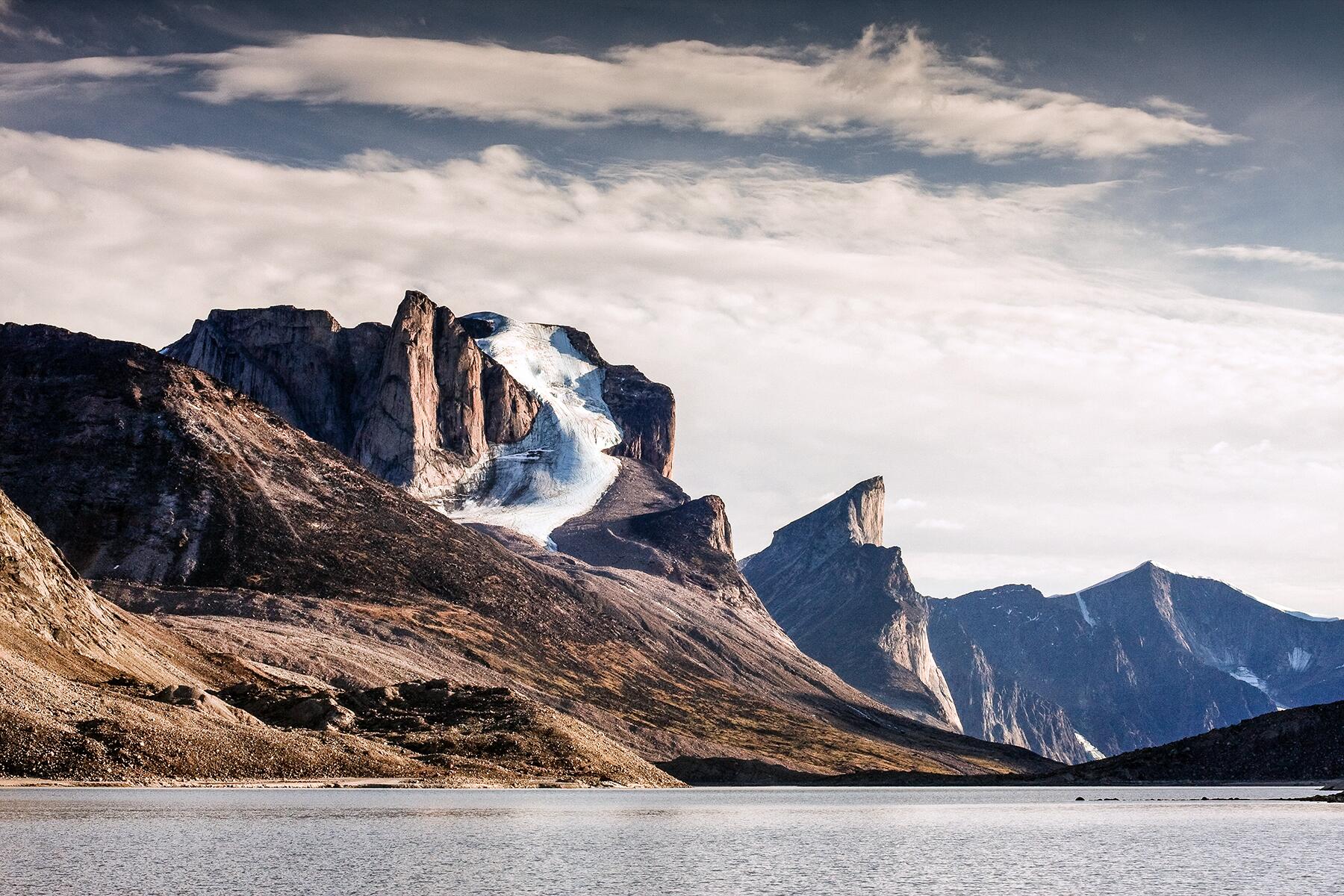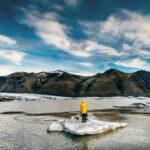Nunavut makes up nearly a quarter of Canada’s landmass but is home to only 1% of the country’s entire population, so if you’re looking to reconnect with the land in a remote wilderness, this is the place to be.
As the largest (and newest) of Canada’s northern territories, Nunavut—with 808,185 square miles of arctic plateaus, 70,836 miles of fjord-indented coastline, and more than 2,030 islands—covers a lot of ground. This is the home of the Northwest Passage, a sea corridor that European explorers struggled to find for centuries, as well as nearly half of Canada’s 16,000 polar bears, which you can spy casually fishing, swimming, or lounging along the coast. In Nunavut, the caribou outnumber the 36,000 residents (most of whom are Indigenous) by a factor of 25 and dog sledding is as common as city cycling is down south. This northern land is raw, ravishingly beautiful, and will give you a whole new perspective on the world.





